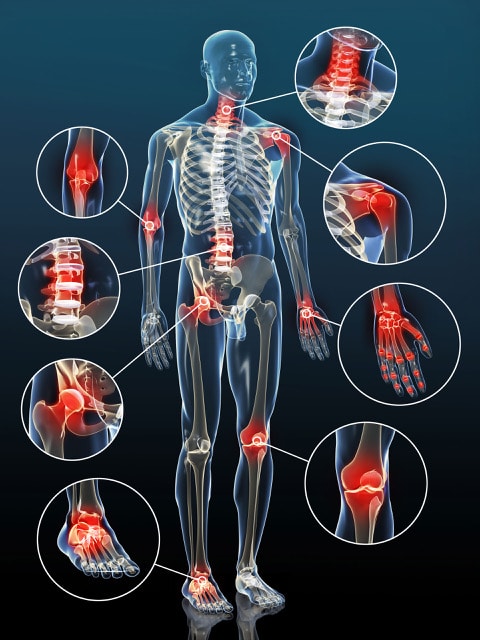Anterior Levator Ani

Do you have…
…bladder infection symptoms, but the urinalysis comes back reporting there is no infection?
…a constant need to pee?
…pain around the ovaries?
…lower abdominal cramping?
…pain with sex, especially with deeper penetration?
All of these symptoms can all be caused by one condition; a trigger point in the anterior levator ani pelvic floor muscles. The pelvic floor can be tricky to diagnose as the issue because it often causes pain outside of the vagina. Trigger points in the pelvic floor can refer to the bladder, lower abdomen, hips, and low back. With the exception of pain with sex, the pelvic floor does not often cause vaginal pain.
A sensation of pain coming from the bladder or ovaries can be alarming, especially since we can’t see the area to determine the severity of the injury or problem. Many of our patients at the Max Health Prospect Street Clinic have undergone ultrasounds, and other medical tests and procedures only to be told that everything looks fine, but the patient does not feel fine.
If you experience one or all five of the symptoms above, consider having your pelvic floor muscles assessed by a physiotherapist with focused training in the pelvic floor. As part of the assessment, with your consent, the physiotherapist will insert a gloved finger vaginally for an internal exam.
The pelvic floor physiotherapist will apply light pressure to each of the muscles in your pelvic floor. It is easy for you and your physiotherapist to determine whether the pelvic floor is causing your pain. As the physiotherapist applies pressure to the anterior levator ani muscles, it will reproduce (or turn on) the symptoms you are experiencing. When the pressure is released from the anterior levator ani muscles, the symptoms will diminish (or turn off.) If your pain can be reproduced during the exam, it most often can be fixed. With education and exercises that can perform at home, many patients see complete resolution of their symptoms.
Pelvic floor physiotherapy is a conservative form of care with little to no side effects or risks. Generally, there are no wait times to get a physiotherapy appointment. You do not need a referral to book an appointment; however, your private insurance may require in order to submit your claim. In most cases, Max Health is able to direct bill private insurance companies (i.e. Blue Cross, Canada Life, SunLife, Johnson’s). We recommend checking the details of your policy prior to booking your assessment.
For more information, or to book an appointment, please call our Administrative Team at 506-451-6837 ext 2 or e-mail info2@maxhealthfred.ca

